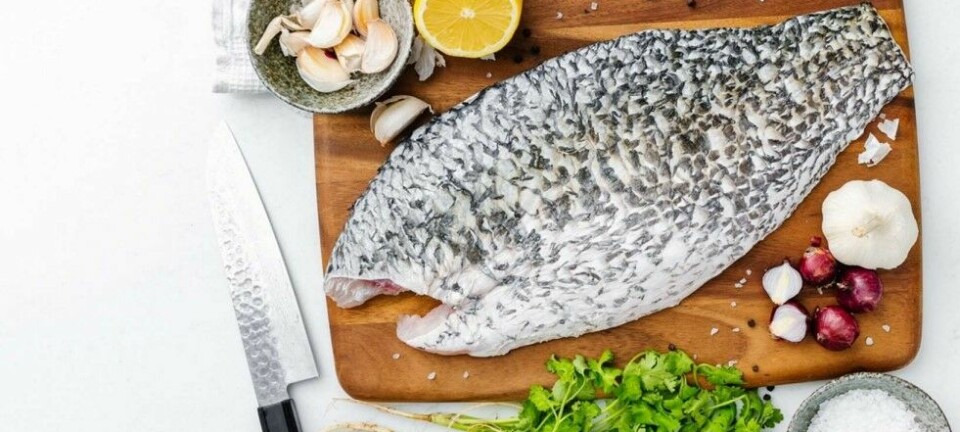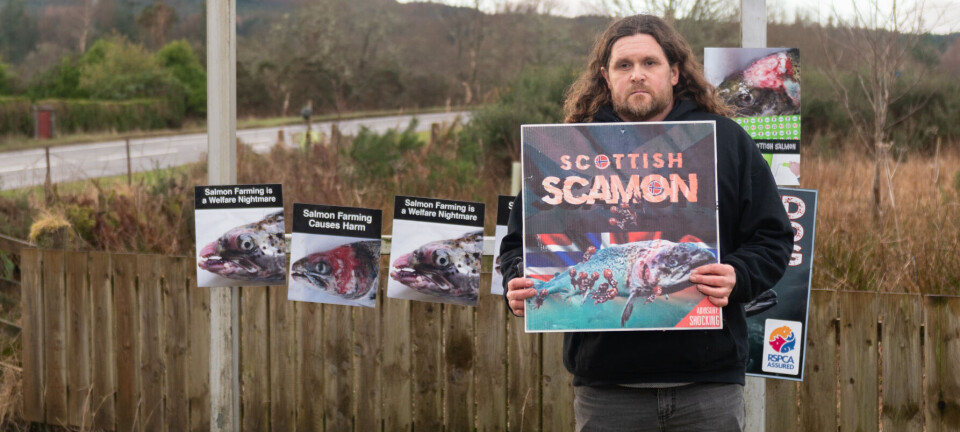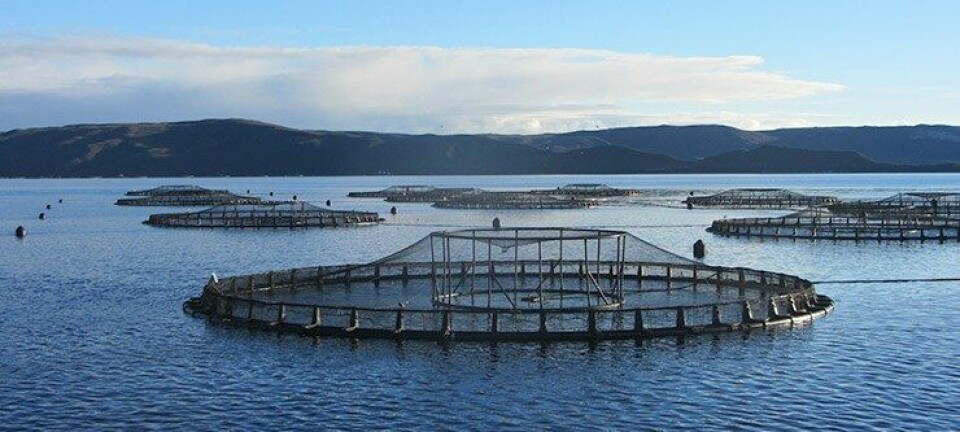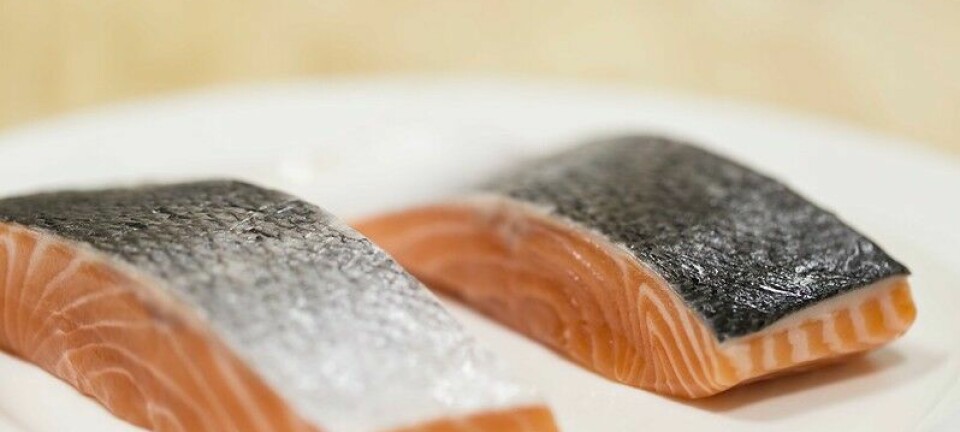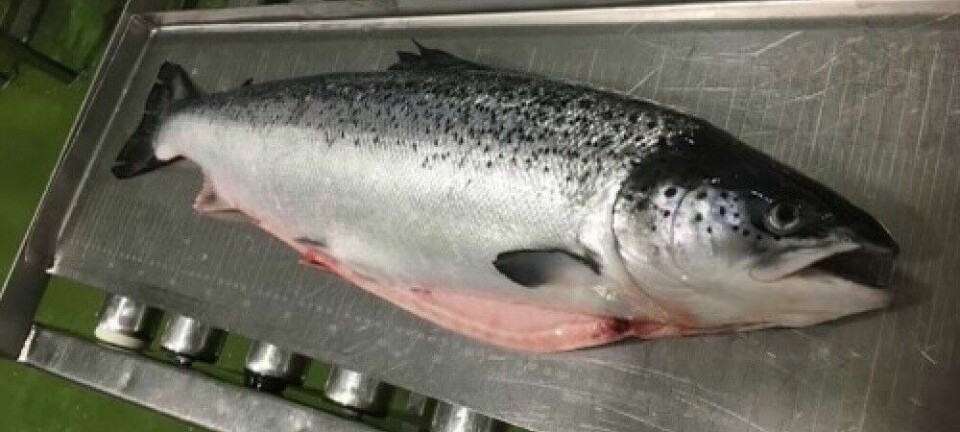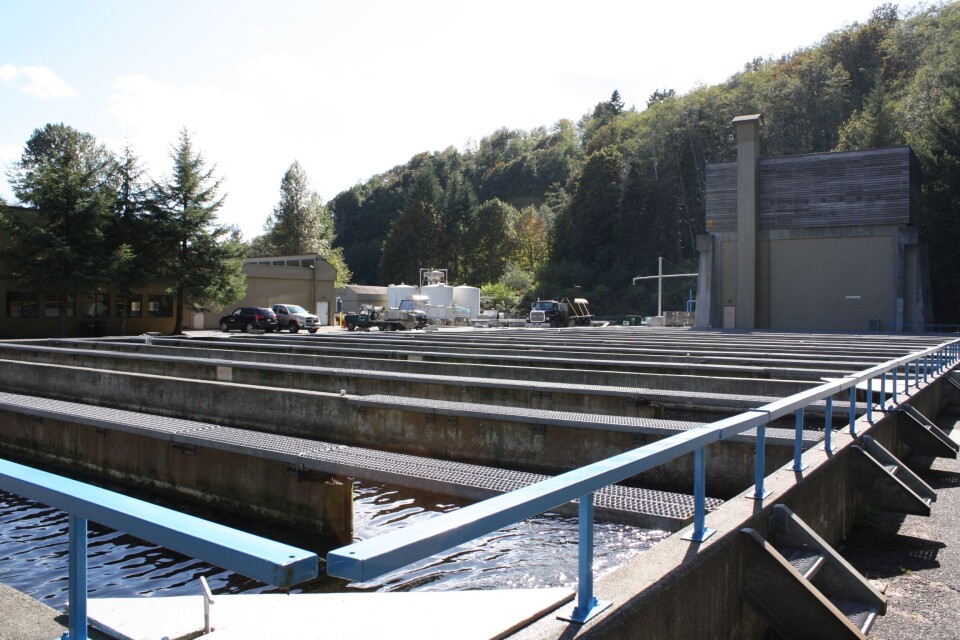
Alaska salmon farming to double
Opinion
If salmon farmers in British Columbia and other parts of the world could find a way of working cooperatively with the producers of “wild” salmon, the whole industry would no doubt benefit. Salmon- be it wild, farmed or “ranched”, as is the term most used to describe the salmon enhancement programs of Alaska, British Columbia (about 500,000,000 fish per year) or Asia (more than Alaska and B.C. combined, and growing)- is a universally accepted human health-promoting food resource, and the demand for salmon is only going to go one way- up. This trend will, however be slowed down if the “wild” salmon producers keep up their campaigns of using environmental groups to do their behind-the-scene dirty work of criticizing farmed salmon and the way it is produced.
In a recent article in the Kodiak Daily Mirror, Sam Friedman explains the strategy of one relatively small project where salmon farming (sorry- supplementary salmon production through salmon aquaculture) is set to increase the production of artificially produced salmon- later to be sold around the world as “Wild Alaskan Salmon”;
An ambitious new plan for the next 20 years of hatchery and stocking programs in the Kodiak area strives to double the number of salmon available through supplementary runs. Currently open for public review, the Kodiak Comprehensive Salmon Plan Phase III sets a goal of producing a supplemental salmon run of 19.6 million fish in Kodiak streams by 2030. That is well in excess of both current supplemental runs (about 7.4 million) and even natural runs, which have averaged about 16.5 million fish in recent years. “The goals are kind of high,” said Kevin Brennan, director of the nonprofit Kodiak Regional Aquaculture Association (KRAA). “It surprised a lot of people when they saw the increase, but we’ve been able to do it in the past. That’s what goals are. They’re targets to shoot for.”
The goals are in part based on the two previous editions of the Kodiak Comprehensive Plan, which also called for major increases to local salmon runs. At some point Kodiak’s streams will reach a carrying capacity for salmon that overwhelms the available nutrients. But so far KRAA feels most Kodiak streams are not near the capacity, Brennan said. In addition to stating the supplemental fish production goals, the salmon plan lists projects that will help KRAA boost the production of Kodiak’s salmon streams. It lists dozens of projects, including a new hatchery for chum salmon, dozens of stocking projects, weirs and studies.
Like other aquaculture nonprofits around the state, KRAA grew out of what was once a state-controlled network of hatcheries. The nonprofit has an annual budget of about $2.5 million, which it raises in part from a 2 percent fish enhancement tax on local commercial salmon delivered, but mostly from cost recovery fisheries that let it sell some of the fish produced from supplementary runs.
The organization now runs the Pillar Creek hatchery off Monashka Bay Road as well as the larger Kitoi Bay hatchery on Afognak Island and dozens of other fish enhancement projects throughout the archipelago. The comprehensive plan is a document required by state law. It’s being developed by the Kodiak Regional Planning Team, a combination of board members of KRAA and the Alaska Department of Fish and Game.


